I really do NOT understand how I'm supposed to make this work:
var requestURL = 'https://maps.googleapis.com/maps/api/place/details/json?placeid=ChIJN1t_tDeuEmsRUsoyG83frY4&key=AIzaSyAW4CQp3KxwYkrHFZERfcGSl--rFce4tNw';
console.log(requestURL);
$.getJSON( requestURL, function( data ) {
// data
console.log(data);
});
and my HTML file:
<body>
<script
src="https://code.jquery.com/jquery-2.2.4.min.js"
integrity="sha256-BbhdlvQf/xTY9gja0Dq3HiwQF8LaCRTXxZKRutelT44="
crossorigin="anonymous"></script>
<script src="main.js" charset="utf-8"></script>
</body>
I always get the No 'Access-Control-Allow-Origin' header is present on the requested resource. message... even though if I go to https://maps.googleapis.com/maps/api/place/details/json?placeid=ChIJN1t_tDeuEmsRUsoyG83frY4&key=AIzaSyAW4CQp3KxwYkrHFZERfcGSl--rFce4tNw in my browser I get the proper JSON returned.
I am lead to believe that CORS can help me here. I don't understand CORS. Please, can anyone help me in plain simple terms? What should I change to make this work??
Thanks
